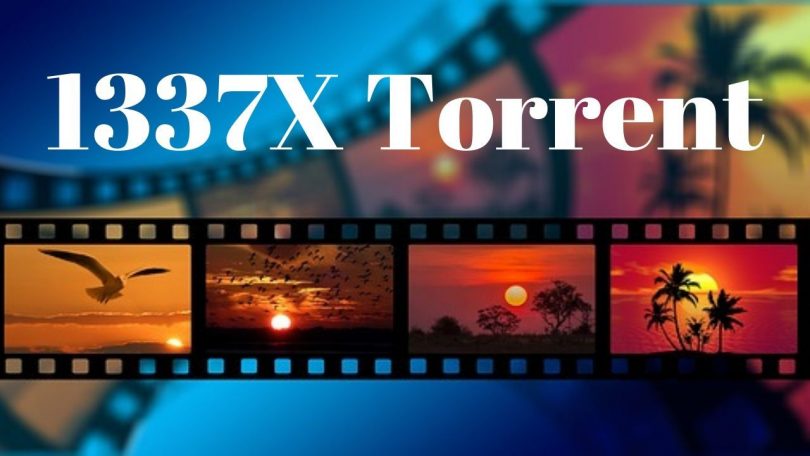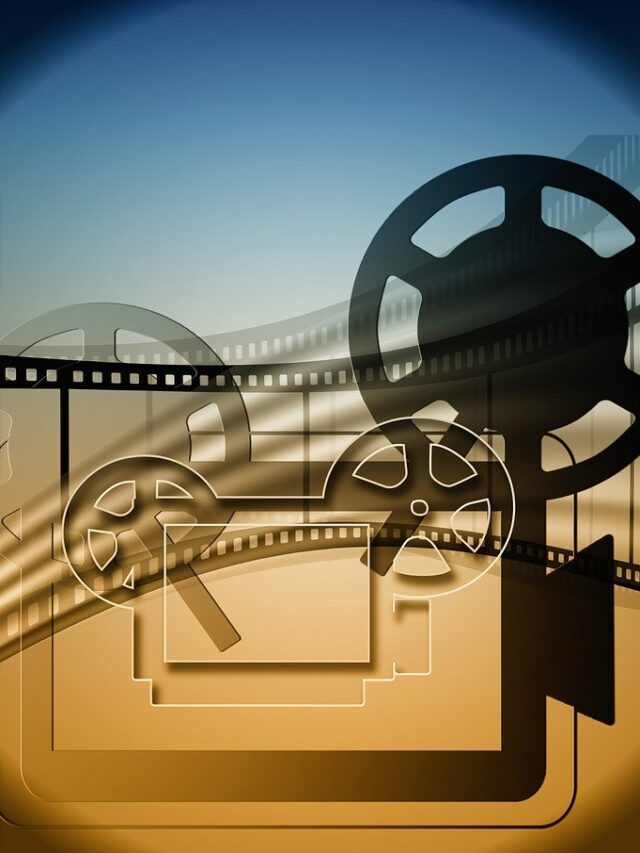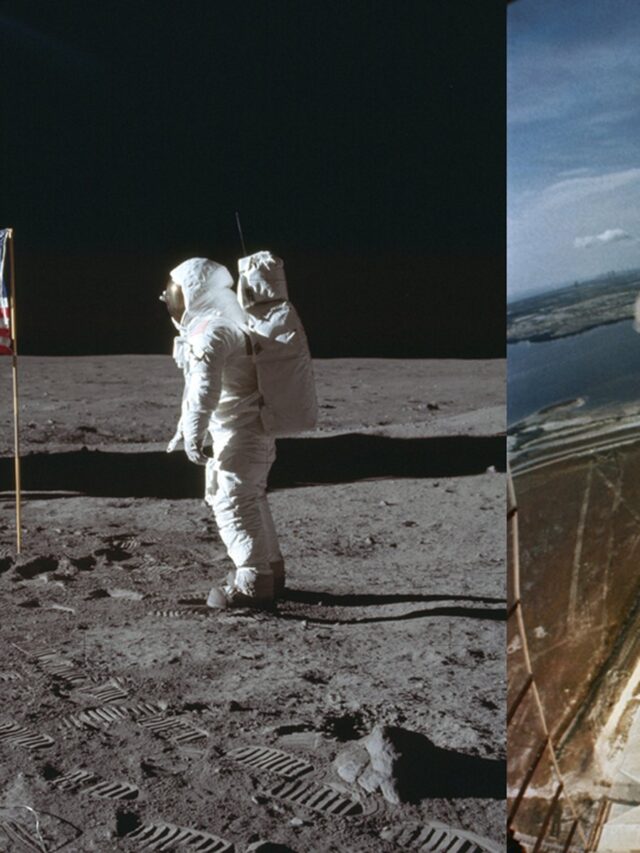As human beings, we have a natural tendency to draw conclusions about the intentions behind other people’s behaviors. Nonetheless, the widespread cognitive bias known as the actor-observer effect may occasionally affect our assessments. The actor-observer bias describes how individuals are more likely to credit external causes for their own actions than internal ones. This article will explain what the actor-observer bias is and provide some real-world examples of how it operates.
The Actor-Observer Bias: What Is It?
There is a cognitive bias known as the actor-observer bias that influences how individuals understand their own and others’ actions. This bias refers to the common propensity for individuals to accept responsibility for their own actions by assigning them to external causes like circumstances while accepting responsibility for the actions of others by attributing them to internal causes like intrinsic faults in character.
When someone loses their cool and screams at another, they may say that it was because of something beyond their control, such as stress or a bad day. On the other hand, if people see someone else losing their cool and shouting, they could conclude that the other person is just temperamental or has a hot head.
The extent to which this bias manifests itself depends on the amount of knowledge the observer knows about the scenario or context in which the actor is operating.
Examples of the Actor-Observer Bias
- Drivers
The actor observer bias example is often evident in everyday situations, such as when individuals are driving. Drivers may blame the road or the weather for their own driving blunders while attributing other drivers’ failures to their own inexperience or recklessness.
One may say that they had a short loss in judgment if, for example, they accidentally cut off another motorist. If another motorist suddenly cuts them off, however, people may conclude that the other driver was being reckless or impolite.
- Workplace
Workplace scenarios also display the actor-observer bias example. The tardiness of one worker may be blamed on uncontrollable circumstances like traffic or an unexpected family emergency, whereas the tardiness of another may be seen as a sign of laziness or lack of motivation.
Equally, a manager may credit external variables like a strong team or favorable market circumstances with their own success, while crediting their workers’ achievements entirely to their own inherent qualities and hard work.
- Couples and Romance
One additional context where the actor-observer bias might show up is in romantic encounters. When one spouse forgets an anniversary, the other may blame it to a lack of care or attention on the side of their significant other, despite the fact that both may be at fault.
It’s also uncommon for one couple to blame their partner’s arguments on character defects or weak points, while the other partner blames external reasons like stress or communication problems for their own.
- Sports
Moreover, the actor-observer bias is observable in the sporting world as well. It’s common for supporters of one side to credit internal elements like ability and collaboration for their team’s successes while blaming external ones like luck or favourable circumstances for those of the other.
However, if one player messes up and blames it on the weather or the field conditions, but the other player does the same thing, the first one could conclude that the other player is just not as good.
Approaches to Reducing Actor-Observer Bias
Further with the actor observer bias example, misunderstandings and incorrect assessments in social interactions are the possible results of the actor-observer bias. Self-awareness and empathy training may help reduce this prejudice.
When we are self-aware, we are able to see our own prejudices and habits and attempt to change them. We may make better judgments and avoid actor-observer bias if we are aware of the phenomenon and keep in mind the importance of contextual elements while assessing the actions of others.
Having empathy is taking into account the feelings and thoughts of another person. When we try to put ourselves in another person’s shoes, we get insight into the circumstances that could be driving their actions.
Seeking out supplementary data before forming a judgment is another method for reducing actor-observer bias. Instead of making hasty assumptions, it’s better to take stock of the situation and learn as much as possible before drawing conclusions about the person’s actions.
Lastly, soliciting the opinion of others is an effective strategy for reducing actor-observer bias. We may avoid forming assumptions based on our own prejudices and get a more nuanced knowledge of a situation by seeking out the opinions and insights of others.
Conclusion
One prevalent cognitive bias that influences how individuals understand behavior is called the actor-observer bias. Some people may make incorrect judgments and assumptions about others because they attribute their own conduct to external sources while attributing the behavior of others to internal reasons. Whilst this bias might influence one’s choices, it can be lessened by the use of self-awareness, empathy, and the pursuit of more information and feedback. Better results in one’s personal and professional life may be the result of improved decision-making when people are better able to consider all relevant factors.















